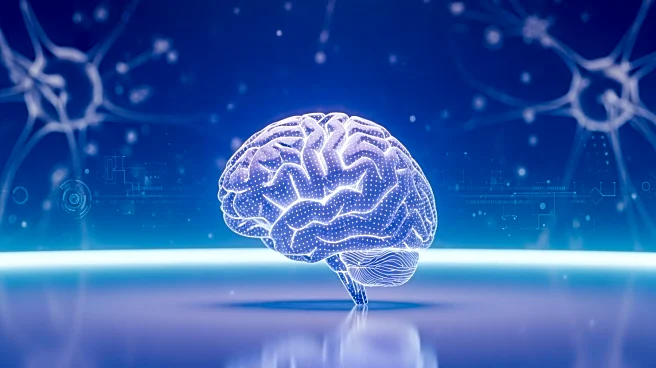What's Happening?
A study by the ENIGMA major depressive disorder working group analyzed brain morphology in relation to antidepressant use across 32 international cohorts. The research found that MDD patients on antidepressants showed different brain structure alterations
compared to those not on medication. The study highlighted potential neuroprotective effects of antidepressants, particularly in adolescents, but also noted conflicting findings in adults. The research aims to better understand the impact of antidepressants on brain structure, considering factors like age and sex.
Why It's Important?
This study provides insights into the neurobiological effects of antidepressants, which are widely used in treating MDD. Understanding these effects is crucial for developing more effective treatments and could influence clinical practices. The findings may lead to personalized treatment approaches based on patient demographics, potentially improving outcomes for those with MDD. The research also underscores the need for further studies to resolve conflicting results and enhance the understanding of antidepressant impacts on brain health.
What's Next?
Future research may focus on longitudinal studies to track brain changes over time with antidepressant use. There is also potential for exploring the effects of different types and durations of antidepressant treatments. These studies could inform guidelines for prescribing antidepressants and contribute to the development of new therapeutic strategies for MDD.













